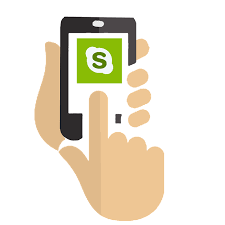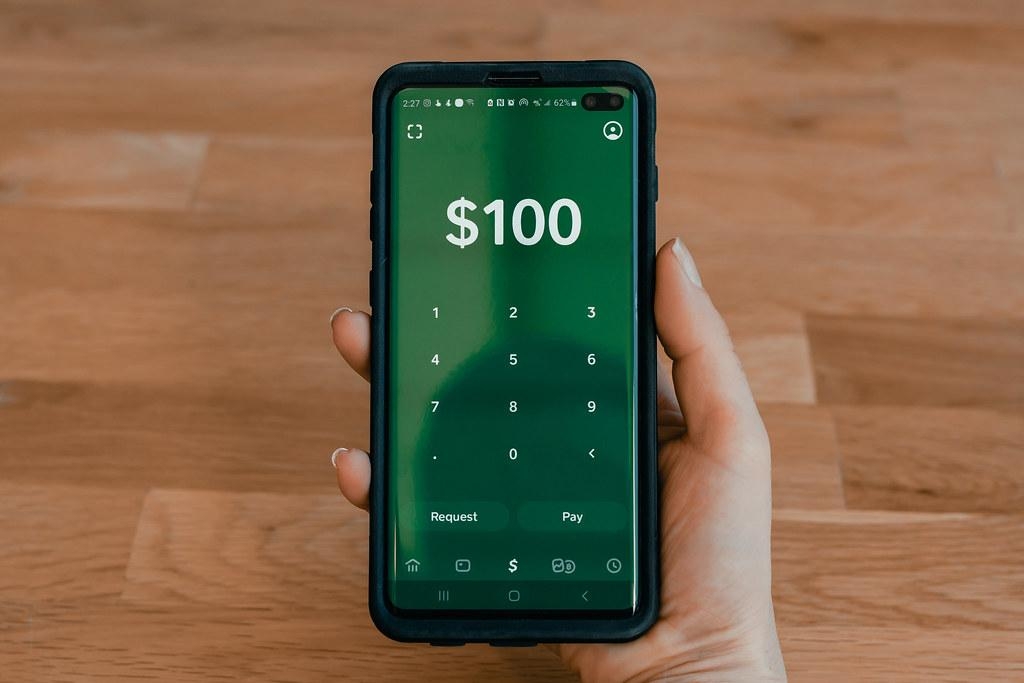How safe is cash app in 2023? (what you need to know!)
In recent years, mobile payment apps have changed the way we transfer money, and Cash App is one of the most popular among them. However, how secure is Cash App, and are our transactions and personal information safe from hacking or fraud?
As technology advances, we face new challenges when it comes to protecting our personal data and privacy. Mobile payment apps like Cash App have become targets for cybercriminals who seek to exploit any vulnerability they can find. Many users are wondering if Cash App is still safe to use in 2023 and beyond.
In this article, we will discuss the security measures implemented by Cash App and examine the potential risks associated with its use. We will also provide you with the tools and tips you need to protect your account and your money, helping you to make an informed decision about whether a Cash App is right for you.

How safe is the Cash App in 2023?
Cash App is committed to protecting its users and takes a variety of measures to ensure the security of their accounts. The app implements two-factor authentication (2FA) for account verification, which requires users to enter a unique code sent to their mobile device before accessing the app. Additionally, Cash App does not store credit card numbers on its servers and uses encryption technology to protect customers’ sensitive information.
Despite these measures, there have been reports of Cash App accounts being compromised in recent years. It’s important to note that most of these cases involve users not taking sufficient precautions to protect their account, such as using weak passwords or failing to enable 2FA. By following the tips outlined below, you can significantly reduce the risk of your account being hacked or your money stolen.
Cash App also offers additional measures that can be taken to protect your account and transactions. The app allows you to set up spending limits for yourself, so that you can easily monitor your purchases and prevent unauthorized charges. You can also create a PIN code to access the app, which requires an extra layer of security for logging in. For added protection, Cash App also provides users with fraud monitoring and protection services to detect suspicious activity on their accounts.
How to sign up for a Cash App?
Signing up for a Cash App is quick and easy. The first step is to download the free app from either the Apple Store or Google Play. After downloading it, you’ll need to enter your phone number to receive a confirmation code. Once you have the code, enter it in the app to begin setting up your account. To complete your profile, include a photo, a $Cashtag (your personal username) and an email.
Once your profile is set up, it’s important to link your financial accounts so you can send and receive payments. You will need to add a bank account or credit card so that money can be transferred in and out of your Cash App wallet. Then you’re all set! Share your $Cashtag with friends and start sending or receiving money instantly by getting their $Cashtag, email or phone number. With the Cash app, payments are made securely and quickly with just a few taps on your mobile device – making sending and receiving money simpler than ever before!
How much money can you send through a Cash App?
Using Cash App you can send up to $1,000 in a 30-day period. This should be taken into account when budgeting and planning your money transfers. If you need to increase the amount of money you can send in a given period, you will have to provide additional information about yourself to verify your identity. This includes providing your name, date of birth, and the last four digits of your Social Security number.
Once this information is provided, Cash App will review it and make sure everything is accurate before allowing you to increase the amount of money that can be sent at any given time. Overall, understanding these sending limits is important for budgeting and making sure you are abiding by the rules set in place by Cash App. It is also important for keeping your personal information safe as any changes require extra verification from the company. With this in mind, ensure that all steps are taken carefully before carrying out any money transfers via Cash Apps.
Does the Cash App charge a fee to send money?
Cash App is an increasingly popular payment service, allowing users to send money electronically to their friends and family. When it comes to fees, Cash App charges a 3% fee if you opt to send money using a credit card. However, if you use your Cash App balance or bank account instead, there’s no fee at all – even if the recipient of your money happens to be located in the U.K. This makes sending cash abroad with Cash App a viable option for many users in need of transferring funds overseas.
It’s worth bearing in mind that while Cash App might be considered an international payment option due to its ability to transfer money across the pond, it remains largely U.S.-centric and isn’t ideal for users who need a solution for frequent international transactions. To find out more about other fees associated with the service, take a look at their official website which includes all of the information you need to know before sending money on Cash App.
How do you withdraw money from a Cash App?
Cash App is one of the most popular mobile wallet services on the market, providing users with a quick and easy way to send and receive money. With Cash App, users are able to quickly withdraw money from their balance by following a few simple steps. To access these funds, users need only click on their Cash App balance and then hit the “Cash Out” button. This allows users to decide how much they’d like to withdraw and how soon they’d like to receive the funds. Standard transfers are typically deposited within one to three business days and don’t come with a fee attached. However, if one wants an instant transfer, a fee ranging between 0.5% and 1.75% can be expected; for instance, withdrawing $500 could cost you up to $8.75 in fees if you choose this route.
Overall, Cash App is incredibly convenient when it comes time to access your funds, no matter whether you’re after a fast or inexpensive transaction – everyone can find something that works for them!
Do you need a bank account for a Cash App?

Having a bank account is not necessary for you to use a Cash App. If you don’t have a bank account, you can still easily send and receive money with the Cash App. Instead of transferring funds to your bank account, you can just use the Cash App’s prepaid debit card, the Cash Card, to make purchases online and in stores. You do not need a bank account to send money either; you can transfer funds from your existing Cash App balance or even use a credit card instead. Be aware that there is a 3% transaction fee for processing credit card payments.
Overall, Cash App allows users to easily stay connected financially without needing an associated and connected bank account. It opens up access to users all over who may not have had an alternative payment solution that was available previously before Cash App. This flexibility makes it easier for people to transfer money quickly and efficiently – no matter if they have a connected bank account or not!
The bottom line on Cash App
Paying and receiving money can be an awkward and annoying process when everyone decides to throw in a credit card and split the check. Cash App was made to make this easier, allowing users to pay with their credit cards but receive payments from friends via the app. Not only that, but Cash App also provides a banking product which almost eliminates the need for a traditional bank. With its free investing platform, individuals are able to invest in stocks online with ease. Despite its vast advantages, Cash App does have some limitations, such as not being able to send or receive more than $1,000 in 30 days until you verify your account.
Cash App is definitely worth taking advantage of if you often make or receive payments from others – it makes splitting up checks so much smoother! Plus, you’re able to store your cash securely without having to physically carry cash around. Its fast and easy-to-use mobile platform also lends credence to its convenience factor – one tap away from making your next payment or investment anywhere you go!